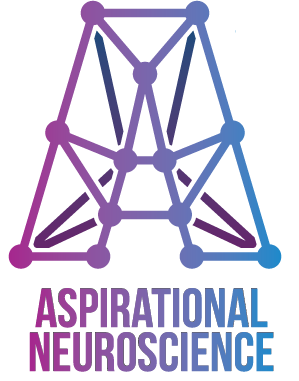Motta, A., Berning, M., Boergens, K. M., Staffler, B., Beining, M., Loomba, S., … &
Helmstaedter, M. (2019). Dense connectomic reconstruction in layer 4 of the somatosensory
cortex. Science, 366(6469). https://www.science.org/doi/10.1126/science.aay3134
Electron microscopy reconstruction
Mouse somatosensory cortex

Authors developed set of techniques to accurately reconstruct the synaptic
connectivity of all neuronal processes in a region of cortex. They classified processes (e.g.
thalamocortical axon) based on morphology and connectivity, and found many examples of
synapse pairs from the same axon to the same dendrite (thus having identical Hebbian learning
histories). Plotting the mean size of each pair vs. the difference in their sizes showed a pattern
which the authors interpret as evidence of saturated LTP and LTD. They quantify the percentage
of such pairs whose correlation is above chance (relative to randomized null distribution) and
claim to have identified “upper bounds for the fraction of the circuit consistent with saturated
long-term potentiation” associated with particular classes of synapses in the volume. They
suggest that this quantification of “learned fraction” can be applied to other brain circuits as a
general means of studying learning.
“Together, these results provided a first quantitative upper bound on the fraction of the
circuit consistent with previous episodes of saturated Hebbian synaptic plasticity leading to
strengthening or weakening of synapses (a “connectomic fingerprint” of the maximum possible
plasticity fraction…”
